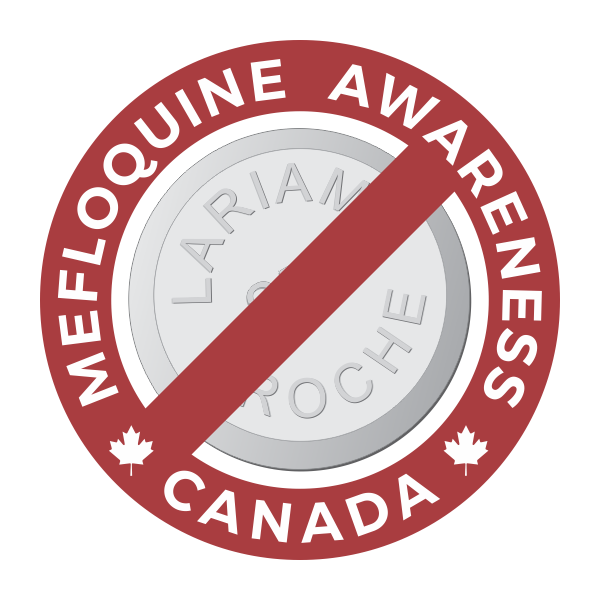View the original article on http://transparentpolicy.org, Published 1 November 2013
Did the CIA direct the U.S. military to administer a powerful antimalarial drug to Guantanamo detainees, not for its antimalarial properties, but for its intoxicating and behavioral side effects as an aid to interrogation? This is the seemingly impenetrable question that I have been exploring for the past few years, ever since Seton Hall Law professor Mark Denbeaux and investigative reporters Jason Leopold and Jeffrey Kayeasked me to review medical files from Guantanamo inmates obtained from the Department of Defense (DoD) via a Freedom of Information Act (FOIA) request.
These FOIA records revealed what on casual inspection seems a benign, even benevolent medical practice: according to standard operating procedures, every detainee arriving at Guantanamo immediately received a curative dose of 1,250mg of the antimalarial drug mefloquine.
Developed by the U.S. military in the 1960s and 1970s, mefloquine is highly effective against the strains of malaria that some detainees undoubtedly carried at the time of their capture. But, at the curative doses required to treat such presumptive infection, mefloquine can act as a central nervous system intoxicant, carrying a high risk of disturbing neurological and psychiatric side effects. In one study, 96% of those treated with curative doses suffered vertigo or dizziness, while 32% developed severe insomnia, 27% developed symptoms of anxiety, and 14% experienced confusion.
In some of the most severe cases, the intoxicating effects of the drug have led to paranoia, panic attacks, delusions, hallucinations, and even amnesia. Splitting the dose in two, as appears to have been done at Guantanamo, reduces this risk somewhat, but the risk of adverse reactions remains significant. Earlier this year, the U.S. Food and Drug Administration (FDA) even warned that the neurological side effects of mefloquine may be permanent, and that psychiatric effects may last for years after the final dose is administered.
Because mefloquine is so poorly tolerated and carries such serious risks, the drug is almost never given at such curative doses without confirmation of infection. Yet FOIA records reveal that all Guantanamo detainees were given the drug despite being tested for malaria upon arriving at Guantanamo, regardless of what these tests went on to show. Solely on clinical grounds, this practice is difficult to defend.
Perhaps for this reason, U.S. military officials responding to Leopold and Kaye’s inquiries on the matter justified this practice not on clinical grounds, but as a preventive measure, claiming that the use of mefloquine was “entirely for public health purposes to prevent the introduction of malaria to the Guantanamo area.”
This explanation is unconvincing. Although the technical details are complex, as I outline in detail in a critical review published in Tropical Medicine and International Health, the use of mefloquine for this purpose was entirely unjustified. While appearing conscientious, there was no plausible public health indication for the use of mefloquine at Guantanamo.
As I note in my analysis, one possible explanation for this practice, “which is deeply troubling to consider, is that the decision to administer the drug was informed and motivated at least in part by knowledge of the drug’s adverse neuropsychiatric effects and the presumed plausible deniability of claims of misuse in the context of its seemingly legitimate clinical or public health indication.” Indeed, a recent report by the Constitution Project, while acknowledging the speculative nature of claims of misuse, noted that the effects of mefloquine could “theoretically [make] recipients more vulnerable to interrogation.”
Such speculation is not entirely unjustified based on history. As public documentsreveal, the U.S. intelligence community’s interest in antimalarial drugs as potential adjuncts to interrogation dates to at least to the second world war, when a number of antimalarial drug candidates under investigation by government-funded researchers were noted to produce a profound confusional psychosis. During the cold war program known as MK-ULTRA, better known for its experiments with LSD, CIA-funded researchers studied closely related hydrogenated quinoline compounds, not for their antimalarial activity, but specifically for their behavioral effects. As first noted by Kaye, the antimalarial cinchonine, chemically very closely related to mefloquine, was even listed in the CIA’s records as an “incapacitating agent.”
Despite such a history, a claim that mefloquine was intentionally used as an aid to interrogation remains speculative. It remains quite plausible that the use of mefloquine among Guantanamo detainees was simply erroneously directed by military medical officials unfamiliar with the drug’s appropriate use. Until those individuals responsible for Guantanamo mefloquine policy are identified and invited to testify on the development of these policies, we may never learn whether simple ignorance or a cynical malice motivated the drug’s misuse.

Dr. Remington Nevin MD, MPH
DrPH Student, Department of Mental Health Johns Hopkins Bloomberg School of Public Health
Dr. Remington Nevin is a consulting physician epidemiologist board certified in Public Health and General Preventive Medicine by the American Board of Preventive Medicine. Dr. Nevin specializes in the evaluation and diagnosis of adverse reactions to antimalarial medications, particularly the neurotoxic quinoline derivative mefloquine. A long-time advisor to the Center for Policy & Research, he advised us on our report exploring the government’s use of mefloquine at Guantanamo, Drug Abuse: An Exploration of the Government’s Use of Mefloquine at Guantanamo.

